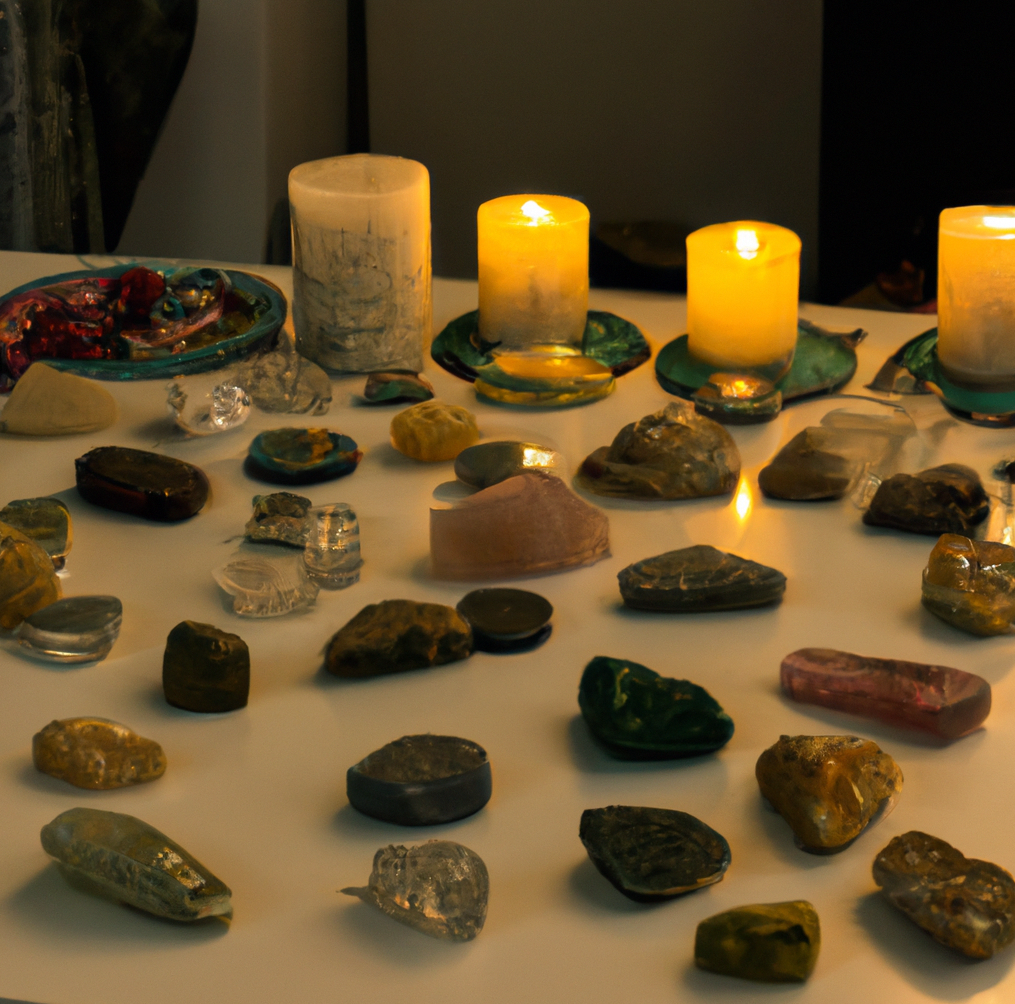The concept of stones’ energy has intrigued humanity for centuries. From ancient civilizations to modern holistic practices, stones have been revered for their mystical properties and healing powers. This article delves into the fascinating world of rocks, exploring their history, the beliefs surrounding their energy, their use in various cultural practices, and the modern resurgence in their popularity.
Historical Significance of Stones and Their Perceived Energy
The energy of stones has been a subject of reverence and curiosity since ancient times. Civilizations like the Egyptians, Greeks, and Chinese incorporated various stones in their rituals, believing they could bring luck, health, and protection. These ancient cultures often attributed specific powers to different stones – for instance, lapis lazuli for wisdom, turquoise for healing, and amethyst for protection against intoxication.
Cultural and Mythological Aspects of Stones’ Energy
In many cultures, stones’ energy is intertwined with mythological and spiritual beliefs. For example, in Native American culture, stones are believed to be living entities with spirits. Similarly, in Hinduism, certain stones are associated with gods and are used in religious practices. These cultural beliefs underscore stones’ profound impact and significance in human history and spirituality.
Scientific Perspective on the Energy of Stones
From a scientific viewpoint, the energy of stones is often met with skepticism. The healing properties attributed to stones are not supported by empirical scientific evidence and are usually attributed to the placebo effect. However, some studies in the field of crystallography acknowledge the unique molecular structures of different stones, which may interact with healing resources in ways not yet fully understood by science.
The Energy of Stones in Alternative Medicine
In alternative medicine, particularly in practices like crystal healing, the energy of stones plays a central role. Practitioners claim that stones can influence the body’s healing resources or chakras, promoting physical and emotional healing. Different stones have different energies and properties – for example, rose quartz for love, black tourmaline for protection, citrine for abundance, and shungite stone for protection against negative energies and harmful electromagnetic waves.
Modern Uses and Popularity of Stones
In recent years, there has been a resurgence in the popularity of stones and their energy, particularly in the wellness and self-care movements. Stones are used in various forms, including jewelry, home décor, and meditation practices. People are increasingly drawn to the calming and grounding energies that stones are believed to offer, especially in the fast-paced modern world.
Psychological and Emotional Effects of Stones
While the physical healing properties of stones may be debatable, many users report psychological and emotional benefits. Selecting, holding, or meditating with a stone can provide peace, focus, and grounding. For some, stones are a physical reminder of their intentions and goals, offering emotional support and comfort.
Integrating the Energy of Stones in Daily Life
Integrating stones’ energy into daily life can vary from simple to complex practices. Some people may carry a stone in their pocket as a touchstone throughout the day, while others may create elaborate crystal grids in their living space for specific intentions. The key is to choose stones that resonate personally and use them to support individual well-being and intentions.
The Interplay of Stones and Personal Belief
The effectiveness of stones’ energy is often linked to personal belief and openness to the experience. For those who believe in healing resources, their use can be a powerful tool in their spiritual and emotional toolkit. On the other hand, skeptics may receive little to no benefit from their use.
Ethical Considerations in Using Stones
As the demand for stones has grown, so have concerns about the ethical sourcing of these materials. Consumers should be aware of where their stones come from and choose suppliers who prioritize sustainable and ethical mining practices. This ensures that stones’ energy is not tainted by negative practices like exploitation or environmental harm.
Conclusion
In conclusion, the energy of stones remains a fascinating and deeply personal journey. Whether one views stones as powerful healing tools or beautiful natural objects, their appeal is undeniable. As we continue to explore the boundaries of science and spirituality, the healing resources offer a unique intersection where the two can coexist. For many, stones provide a tangible connection to the earth and a reminder of the vast and mysterious natural world we are a part of.
